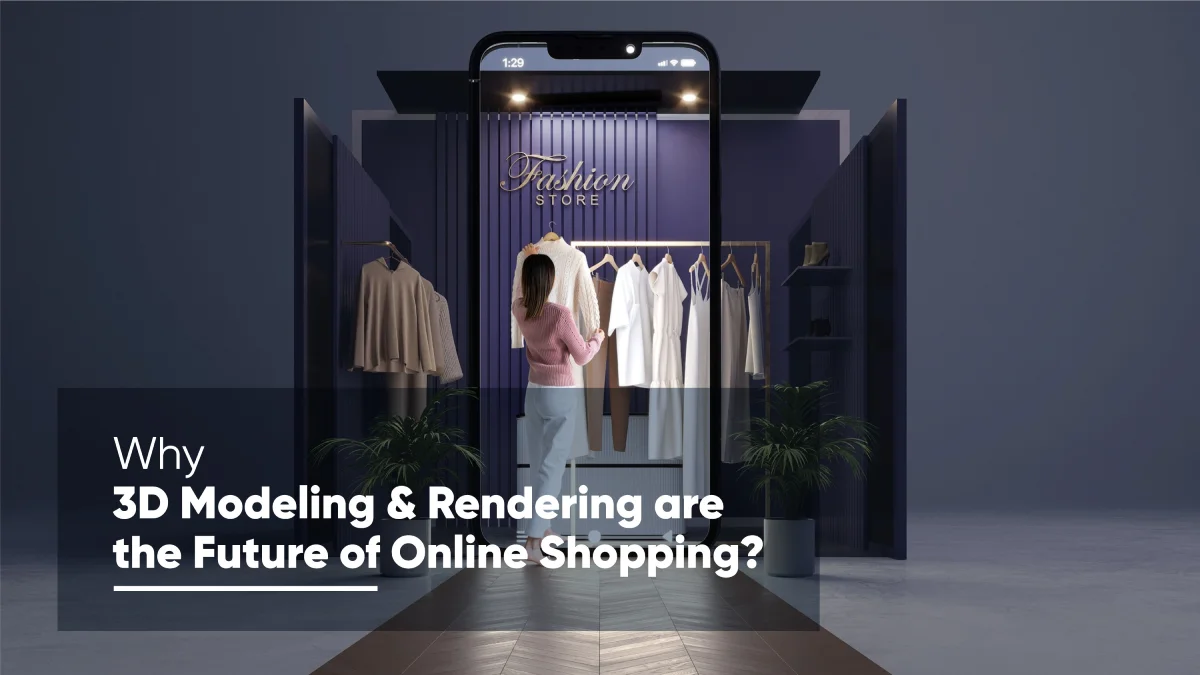Online shopping has altered the character of the buying experience, delivering convenience, speed, and endless choice, but remains wanting in one key area: tactility. Buyers are hesitant to purchase because they are not able to really "view" the item. 2D photos and blanket descriptions raise doubts. What does it look like all around? What does it look like in actual space? Will it match their appearance, position, or expectations?
This is where 3D modeling and rendering come into their own. By turning static images into hyper-real, interactive experiences, 3D content bridges the physical-digital retail void. Consumers can rotate, zoom, and view a product from any angle, creating a sense of dimension, size, texture, and fit that static images can't even get close to. The outcome? Greater confidence, fewer returns, and quicker purchase decisions. What was once a prerogative of tech majors and premium brands is now available to businesses of any scale.
Along with the development of 3D technology and scalable solutions, startups and niche brands can also leverage the power of 3D visualization, be it apparel, furniture, gadgets, or lifestyle. From virtual try-ons and product configurators to engaging AR previews, 3D makes the web shopping experience more in-store-like, intimate, interactive, and persuasive. As shoppers become more visual and experiential in their purchases, adopting 3D is not a fad; it's a competitive advantage that spurs conversion, loyalty, and long-term growth.
The Current State of Online Shopping
Most sites still employ the old, worn-out 2D product photo, but that strategy has its own limits that impact customer trust and sales. Flat images, however glossy, can't capture the whole personality of a product. Customers must expect the dimensions, speculate on the feel, and wonder at the details. Is the fabric smooth or rigid? How wide is that drawer? Will that hue of color read differently in sunlight?
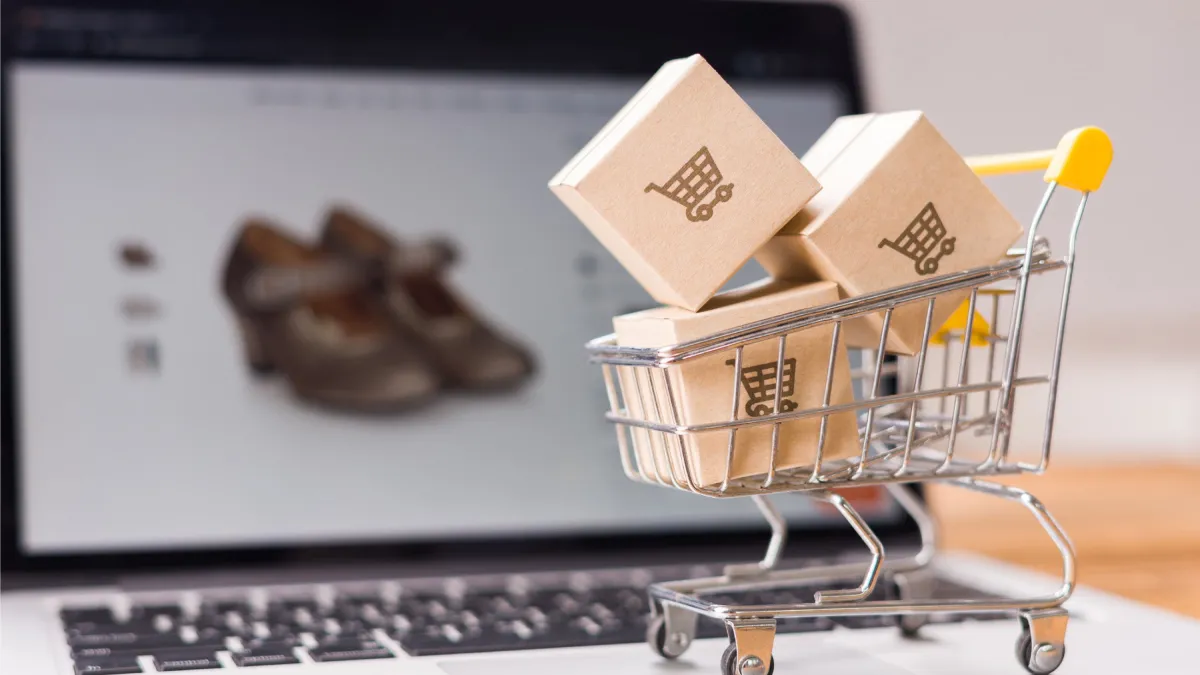
Such visual opacity leads to a considerable experience gap, commonly resulting in consumer uncertainty, increased cart desertion, and expensively returned products. Consumers today expect more, especially when they're spending on items like furniture, apparel, electronics, or décor, where every detail matters.
3D product visualization bridges this gap by creating accurate and realistic images of products. 3D models let users interact with products in ways that regular photos cannot be taken. You can rotate the models 360 degrees, zoom in on details, and change materials, colors, or designs in real time. This level of control and engagement feels like shopping in a physical store. It helps buyers make quicker and better choices.
Including 3D in an online store not only enhances visual storytelling but also builds trust, a key driver of conversions in digital commerce. Customers feel empowered when they can explore a product on their own terms. This confidence leads to higher satisfaction and fewer returns.
3D visualization improves the shopping experience, whether on product pages, AR apps, or virtual showrooms. It's not just a technological upgrade; it's a smart investment.
What Are 3D Modeling and Rendering?
3D modeling and rendering are the backbone of modern digital product visualization, working hand-in-hand to create realistic, immersive experiences that go far beyond traditional imagery.
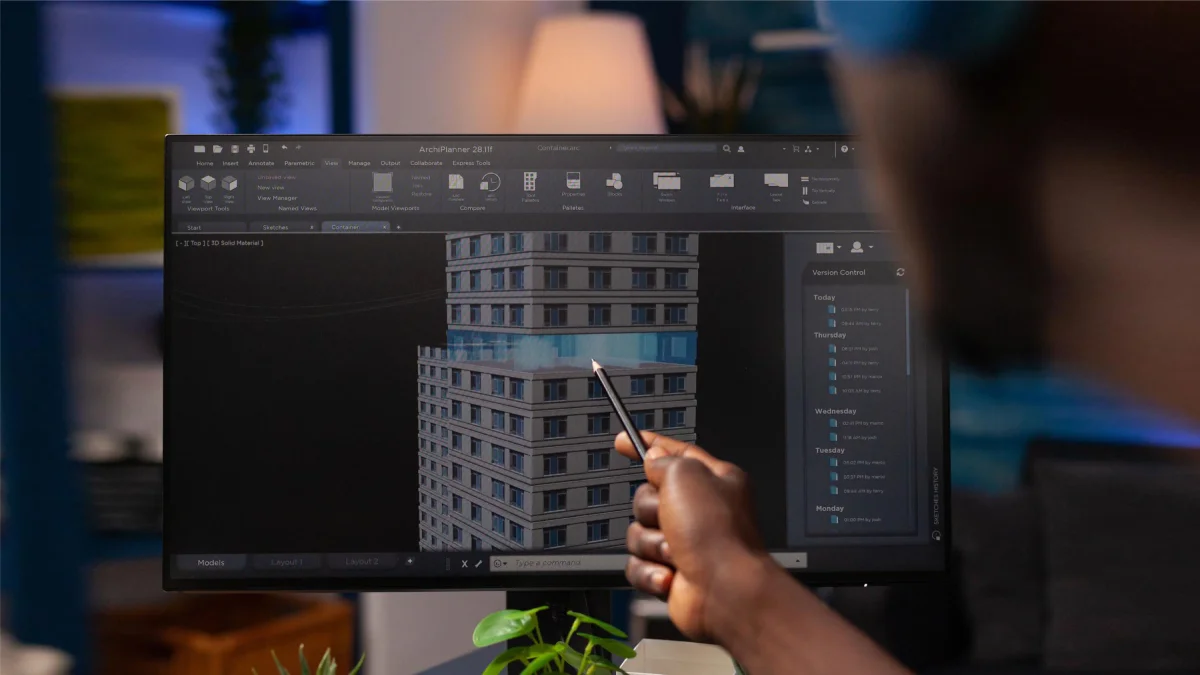
3D modeling applies to digitally crafting the structure of a product, its dimensions, geometry, and physical form. Think about making a virtual copy where every bump, edge, and surface is spot-on! But the magic truly comes to life with 3D rendering, which adds the visual layers like textures, colors, reflections, materials, and lighting.
This process transforms a basic model into a photorealistic image or animation that feels almost real. When combined, these two technologies produce stunning product visuals that can be used across a wide range of applications from eCommerce websites and mobile apps to augmented reality (AR), virtual reality (VR), and even immersive digital showrooms.
The impact? Customers no longer have to guess. With 3D rendering services, they can spin a product 360°, zoom in to see stitching or material grains, or view the item in various lighting conditions and environments. They can virtually try on outfits, see how a sofa fits into their living room via AR, or explore customizable designs in real time, adjusting colors, sizes, or components to suit their taste.
This kind of interaction makes shopping a lot more fun and helps shoppers feel good about their choices. It’s a great way for brands to cut down on returns, boost sales, and really make a mark in a busy online market. For companies wanting to boost their visual storytelling, 3D modeling and rendering aren't just cool creative tools; they're game-changers that help you connect with customers in fresh ways.
Why 3D Modeling and Rendering Are the Future
Several key drivers are propelling the application of 3D modeling as the e-commerce technology of the future:
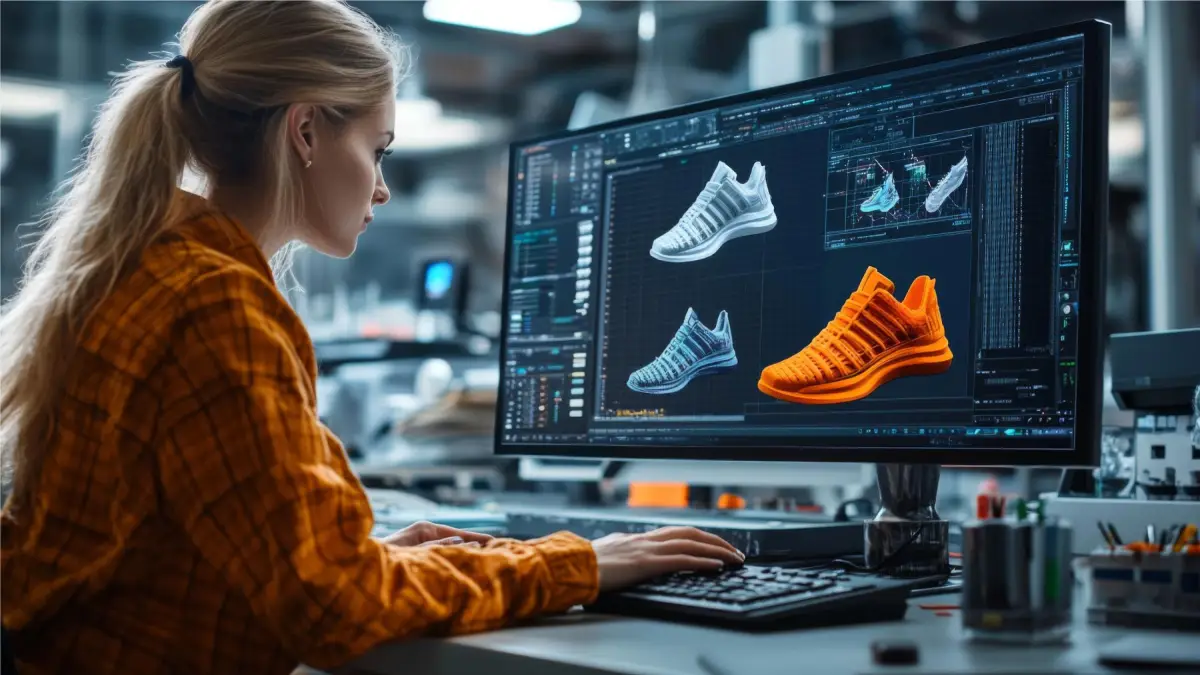
Increased Customer Engagement
The interactive nature of 3D models allows consumers to examine products in a way that is not offered through flat images. Spinning, zooming, and manipulating a product keeps the viewer engaged longer and creates greater interaction with the product, making it more likely to produce a purchase.
Increased Conversion Rates
Realistic, photorealistic 3D graphics inspire confidence and trust. When customers can easily see what they are purchasing, they're more likely to go from browsing to buying, translating into significantly enhanced conversion rates for online retailers.
Enhanced Return Rates
Most eCommerce returns result from disappointed expectations from deceptive or confusing imagery. 3D models provide an accurate digital representation of a product, which enables customers to make informed choices and lowers the chances of dissatisfaction and expensive returns.
Cost Efficiency
Once produced, 3D assets are highly reusable. They can be reused endlessly on countless platforms, digital billboards, social media, ecommerce sites, AR/VR experiences, and so on, without requiring multiple product photography sessions, physical product samples, or costly reshoots.
Together, these benefits make 3D modeling and rendering services a valuable investment for any store looking to move shopping to the next level. With the transfer of products into movement in an active, interactive manner, brands can create a space between digital and physical retailing, offering experiences that are not just visually impressive but also strategically meaningful.
Real-World Examples and Case Studies

Actual success stories of top international brands show the power of 3D modeling and visualization to improve eCommerce performance.
Nike: Customizable 3D Sneaker Designer → +30% Conversions
Nike used 3D product configurators to enable customers to customize every aspect of their shoes material and color, as well as stitching and patterns. This real-time, immersive customization experience boosted user interaction and drove a 30% boost in conversion.
By enabling customers to see exactly what they're making, Nike eliminated confusion and turned product design into a driver of the buying process.
IKEA: Augmented Reality Furniture Placement → –35% Returns
IKEA's AR app employs accurate 3D models, enabling consumers to test furniture in real-world homes with smartphones. It allows consumers to see scale, style, and fit early, reducing return levels by 35%.
The app removes uncertainty and provides people with confidence, particularly for expensive purchases such as sofas, beds, and dining tables.
Shopify: 3D Visualization = Up to 250% Increased Conversions
Shopify reported that businesses that implement 3D product visualization technology on product pages have conversion rates rise up to 250%. When shoppers can interact with a product in 3D, rotating it, zooming in and out of it, and seeing the nitty-gritty, chances are much greater that they will buy it.
These tangible outcomes confirm a clear message: 3D technology is not cool; it creates quantifiable business value. From personalization and interactivity to lower returns and higher conversions, 3D modeling and rendering are increasingly strategic growth drivers for brands wanting to differentiate in an increasingly fast-accelerating competitive online environment.
As consumers increasingly demand engaging and informative online shopping, today's brands adopting 3D are tomorrow's leaders of the eCommerce revolution.
How to Prepare for the Future: Adopting 3D in Your Store
For businesses looking to start using 3D technology, making the switch can be simple. With a good plan, even small steps can lead to great results. Here is a clear guide to help you get started:
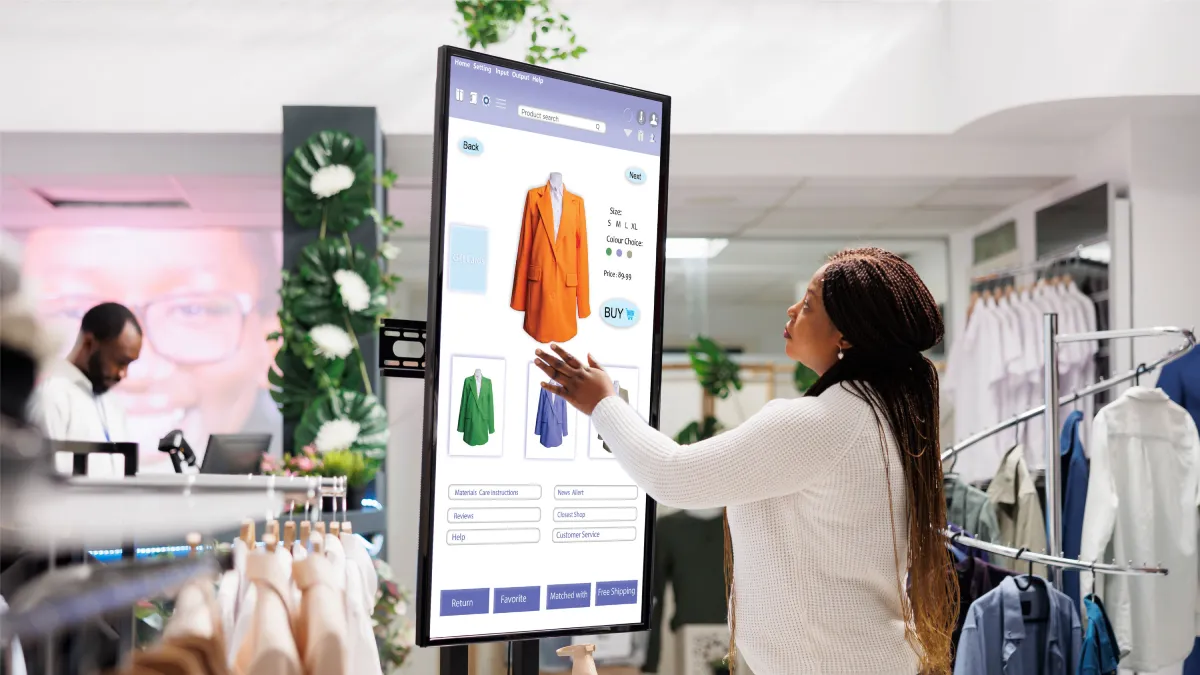
Start Small and Strategic
You don't need to change all your product visualizations within one day; you can do it day by day. You can start it from the top or with the best products from your business. That's how you can generate strong interest and could benefit most from enhanced visual storytelling. Then you can do AB testing and track performance improvements. So that you can get an overview of the implementation. Then you can apply this to your other products and continue with your workflow.
Partner with Experienced 3D Professionals
In 3D visualization, quality is everything. You have to make sure that your 3D models are accurate, visually appealing, and optimized for performance. You can choose a reputable 3D modeling and rendering company with better skills and market knowledge. So that whatever your category of products, they can understand and help shorten turnaround times and improve final output quality.
Integrate Seamlessly into Your eCommerce Platform
A beautiful 3D model is only effective if it's easy for your customers to view and interact with. Choose eCommerce platforms like Shopify, WooCommerce, or Magento that support 3D visual integration via WebGL, USDZ, GLB, or even AR/VR plugins. Make sure the visuals load quickly, work smoothly on mobile devices, and enhance, not disrupt, the user experience.
Educate and Empower Internal Teams
3D assets are beneficial, but their value comes when your teams know how to use them. Train your marketing, sales, and customer support teams to use 3D content in campaigns, product demos, social media, and customer interactions. Innovation is sparked across the organization when teams work together and feel confident using 3D.
3D modeling can improve many products, from clothing and furniture to medical devices and industrial tools. The important thing is to match this technology with your business goals, like increasing sales, lowering returns, or creating a unique brand experience.
By using a careful approach, businesses can easily shift from traditional images to interactive, engaging product experiences that show the future of online shopping.
What's Next? Future Trends in 3D eCommerce
As technology evolves rapidly, 3D eCommerce is entering an exciting new chapter one marked by AI integration, deeper personalization, and expanded use across industries. Here's a look at the most transformative trends shaping the future:
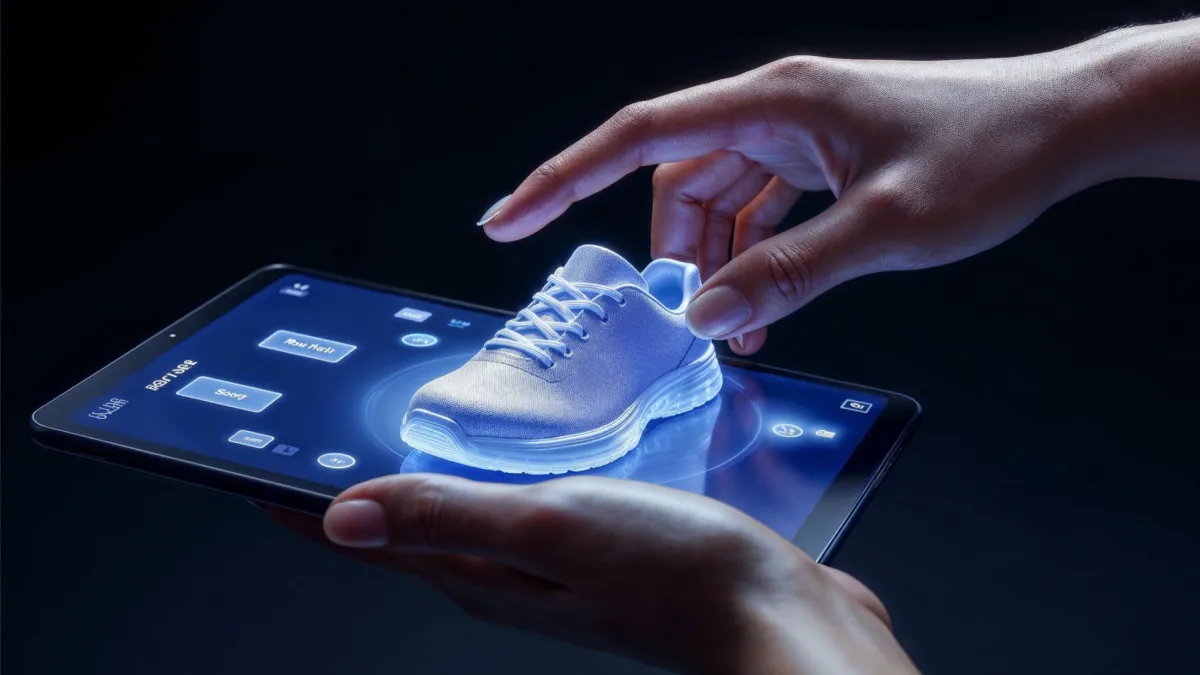
AI-Assisted 3D Creation
Building 3D assets used to take a lot of time and money. Now, artificial intelligence is changing that. AI tools can automate parts of the modeling process. For example, they can turn 2D images into 3D objects, predict textures, and improve geometry for real-time use.
This leads to faster, more affordable production, opening the door for even small brands to scale up their 3D content libraries. Shortly, entire catalogs may be modeled within days, not months, dramatically reducing time to market.
Hyper-Personalization in Real Time
Tomorrow's shoppers won't just browse they'll co-create their purchases. Thanks to 3D configurators and real-time rendering, customers can already personalize products by changing materials, colors, patterns, or even shapes before buying.
As personalization technology matures, we'll see smarter recommendation engines tied to 3D models, tailoring products dynamically based on user behavior, preferences, or environmental context (like lighting in their home). This creates a deeply tailored and engaging buying journey that boosts satisfaction and loyalty.
B2B Adoption and Industrial Use Cases
While 3D has made major waves in consumer retail, the B2B sector is now catching up fast. Manufacturers, suppliers, and distributors are using 3D catalogs to showcase complex machinery, components, or packaging solutions.
Virtual simulations and product demos enable buyers to understand, configure, and test industrial products without physical prototypes. Additionally, 3D-powered virtual training tools are helping onboard employees, train customers, and reduce operational risks across sectors like healthcare, automotive, and manufacturing.
Virtual Showrooms and Immersive Commerce
Imagine stepping into a fully digital store from your living room browsing shelves, inspecting products, and even trying them out in a virtual space. This isn't science fiction; it's already happening.
Brands are investing in VR-powered showrooms that replicate real-world store layouts, customer flows, and product interactions. These experiences blur the line between digital and physical retail, offering convenience without sacrificing immersion. As headsets become more mainstream and platforms more accessible, virtual shopping could soon rival the in-store experience.
Conclusion
The shift from static product images to interactive 3D experiences represents a real change in eCommerce, not just a technological upgrade. Real-world success stories from Nike, IKEA, and Shopify brand prove the measurable impact. Today's shoppers demand more than flat photos they want to rotate, zoom, customize, and virtually experience products before purchasing. 3D modeling and rendering services deliver exactly this immersive experience while democratizing premium shopping capabilities for businesses of every size.
The question isn't whether 3D visualization will become standard in eCommerce; it already is. From AI-powered 3D creation and personalized product configurators to virtual showrooms and AR experiences, the future of online shopping is being written now. Don't wait for tomorrow's technology to become today's necessity. The brands investing in 3D rendering and modeling today are building the foundation for sustained growth, enhanced customer satisfaction, and market leadership in the digital-first economy.
Frequently Asked Questions
Is 3D modeling only for big brands?
No. 3D modeling and rendering are affordable for businesses of all sizes, from startups to enterprises.
How is 3D modeling different from traditional product photography?
3D models provide interactive 360° views, real-time customization, and zoom capabilities, making them reusable across multiple platforms without the need for additional tools.
What makes 3D rendering essential for future online stores?
3D visualization creates realistic, interactive product experiences that build customer trust, reduce suspense, and meet modern shoppers' expectations for online experiences.
How does 3D technology improve customer satisfaction?
By providing accurate, detailed product models that customers can explore from every angle, 3D models reduce surprises and mismatched expectations, leading to a higher satisfaction rate.
Can 3D models be used for AR and VR shopping experiences?
Yes. High-quality 3D assets are fully compatible with AR/VR platforms, enabling virtual try-ons, product placement, and immersive shopping experiences.
Can 3D modeling and rendering be used for all types of products?
Almost all product categories, from apparel to electronics to industrial equipment, can benefit from 3D modeling.
Does 3D visualization help reduce product returns?
Yes. Studies show that 3D product visualization can reduce returns by up to 35% by giving customers a clear, accurate version of their purchase.
What are the main benefits of using 3D models for online retailers?
Higher conversions, better engagement, lower returns, cost efficiency, and enhanced branding.
